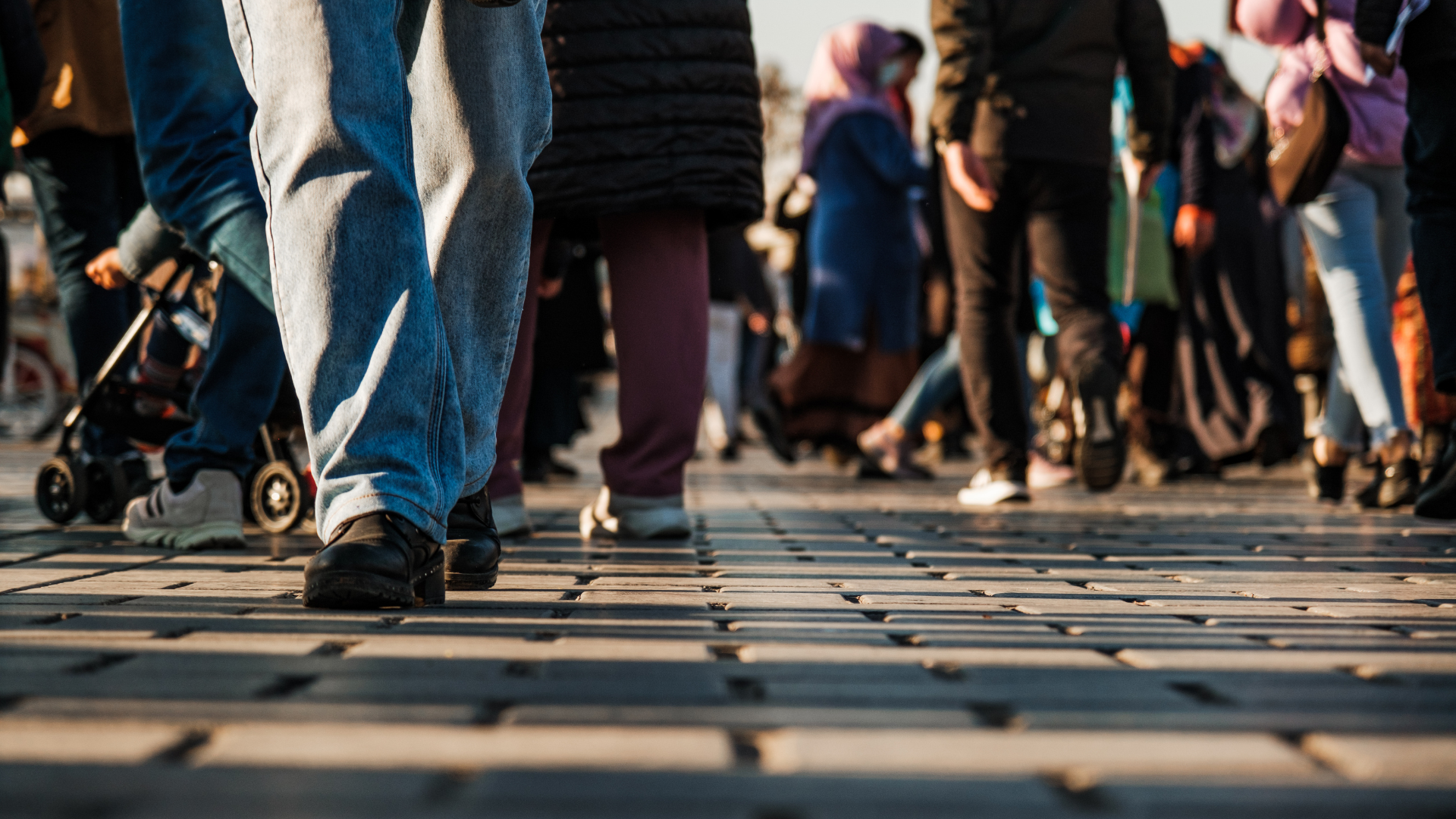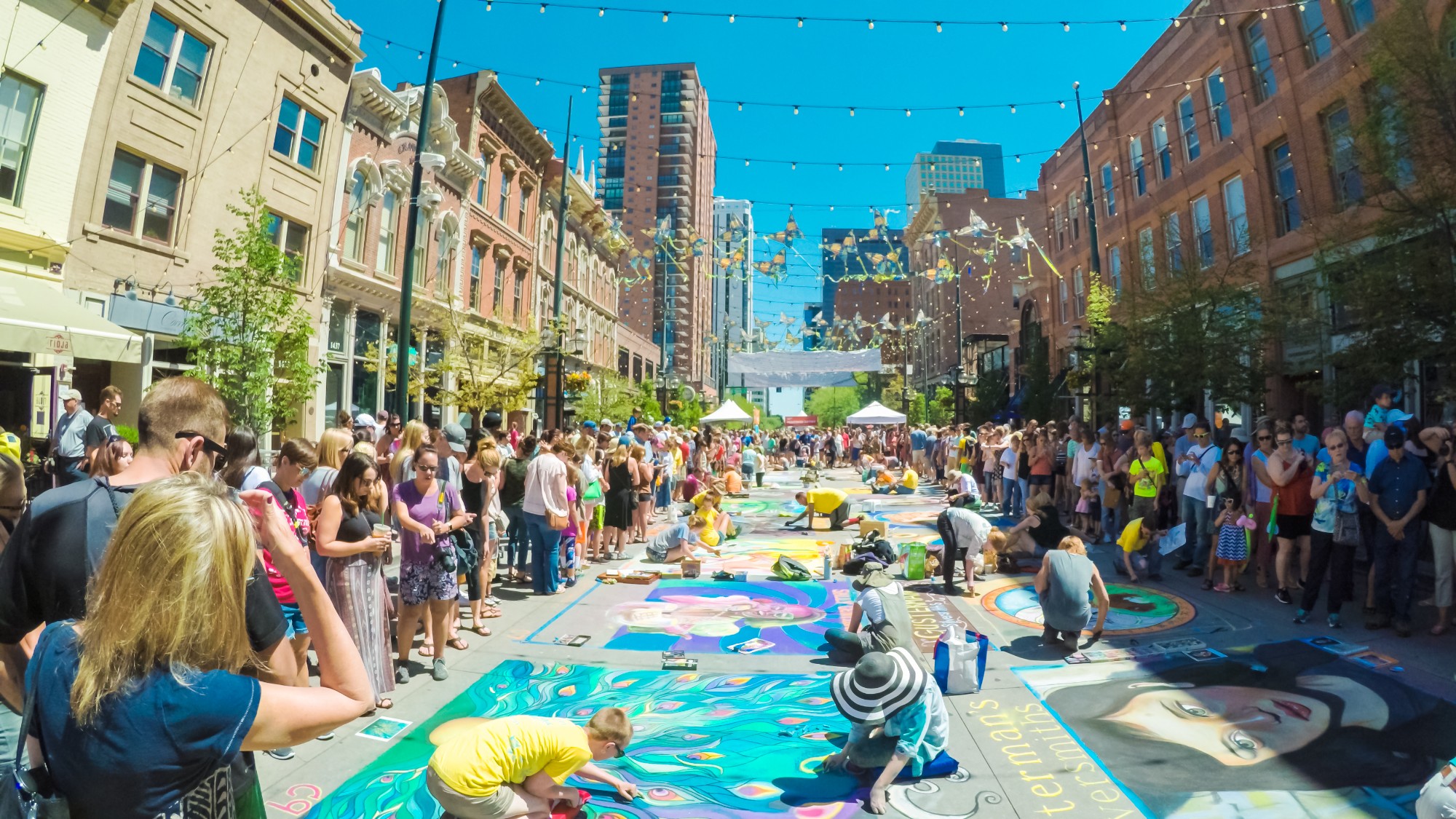The social and human experience of building

From a young age, I had the opportunity to travel and live abroad, which sparked my curiosity about the diverse ways people live. This fascination led me to pursue an undergraduate degree in Urban Planning and a complementary Certificate in Sustainability, where I explored the relationship between the social and built environment. Now, in my current role, I am responsible for defining and measuring the benefits of ESG (environmental, social, governance), with a specific focus on land development and building performance.
The “S” in ESG
The hot topic these days in the building industry is the “E” in ESG, environment. Sustainability efforts focus on protecting the environment by increasing efficiency and reducing emissions, but there is also a crucial human element to consider. The "S" in ESG, social, is intrinsically linked to every aspect of sustainability since humans are social beings.
In its simplest form, the social component of ESG refers to how the world and its systems impact people and our lived experiences. Traditionally, the building industry has addressed the "S" through community engagement, partnerships, and other formal initiatives. However, there is much more to consider, particularly in the development industry. One vital aspect often overlooked is the livability of spaces - how functional a space is and how it can improve or detract from an occupant's quality of life.
As an industry, we have a tremendous opportunity to create resilient places that can improve the well-being of anyone who interacts with or inhabits our spaces. By prioritizing livability and functionality, we can make significant strides in promoting sustainability and enhancing the human experience within the built environment.

Building with the human experience in mind
Developers and architects, no doubt hold a lot of influence when it comes to positively influencing the overall existing urban fabric and broader geographic area of a project. While it is important for the project to deliver on its goals, there is also an opportunity to positively influence the overall existing urban fabric and broader geographic area. It is crucial to consider how the property contributes to the existing built, natural, and social environment and whether occupants benefit from being in that space. When building with the human experience in mind, it can be helpful to ask these questions: Does the space encourage activity and comfort? Can occupants use the space in the way they want?
One nuance I would like to highlight is the use of the word "occupant" rather than "customer," "tenant," or "resident." While some may think that a building only impacts those who live or work there, or pay the bills, the reality is that a building's impact extends beyond its immediate occupants. People passing through or observing from a distance can be considered indirect occupants and experience the physical environment, contributing to their daily livability.
Through design, thoughtful planning, and by prioritizing the needs of all occupants - both direct and indirect - developers can create spaces that not only meet project goals but also enhance the overall livability of the surrounding area.

The impact of social sustainability on communities
Spaces and places shape our daily lives, whether we realize it or not. Imagine the power to enhance people's well-being simply by giving them the opportunity to pass through a well-designed space. As a researcher on livability in communities, I have discovered that successful spaces prioritize the needs and desires the people and communities around them.
Livability is influenced by six intersecting dimensions, and there is no one-size-fits-all solution. Effective design and infrastructure play a crucial role in prompting and facilitating desired activities. It is a complex intersection of design strategies and activation, with flexibility being key.
At the end of the day, we are all humans and the way we experience spaces has a direct impact on our quality of life. It is important to consider the intersection of needs and experiences of those occupying the space to create successful, livable spaces.
Designing for social sustainability
With sustainability being at the forefront these days, and not going anywhere any time soon, it is important to remember the human impact. Social sustainability is becoming increasingly important in the design of buildings, parks, and other projects. Here are the top three things to consider when designing for social sustainability:
-
Human Experience: The human experience of a space is critical to its success. When designing a space, consider whether the space serves its intended purpose, encourages social interaction, makes people feel safe and comfortable, effectively performs its function, and is inclusive of all users.
-
Resiliency: Resiliency is a key component of ESG, and it is important to design buildings and assets that will be useful and relevant not just today, but also for future generations. Consider how the space may be used or activated beyond its initial function, and design for long-term durability and usefulness.
-
Holistic Perspective: ESG and sustainability must be approached with a holistic perspective. How does the building, park, or project fit into the existing or future context of the built and social environment? Consider how the project participates in and contributes to larger systems and environments.
By considering these factors when designing for social sustainability, builders, developers, and architects can create spaces that not only meet their project goals, but also contribute to the well-being and quality of life of the people who inhabit and interact with these spaces.
